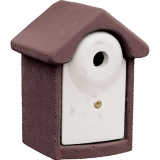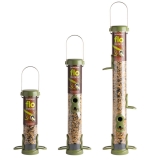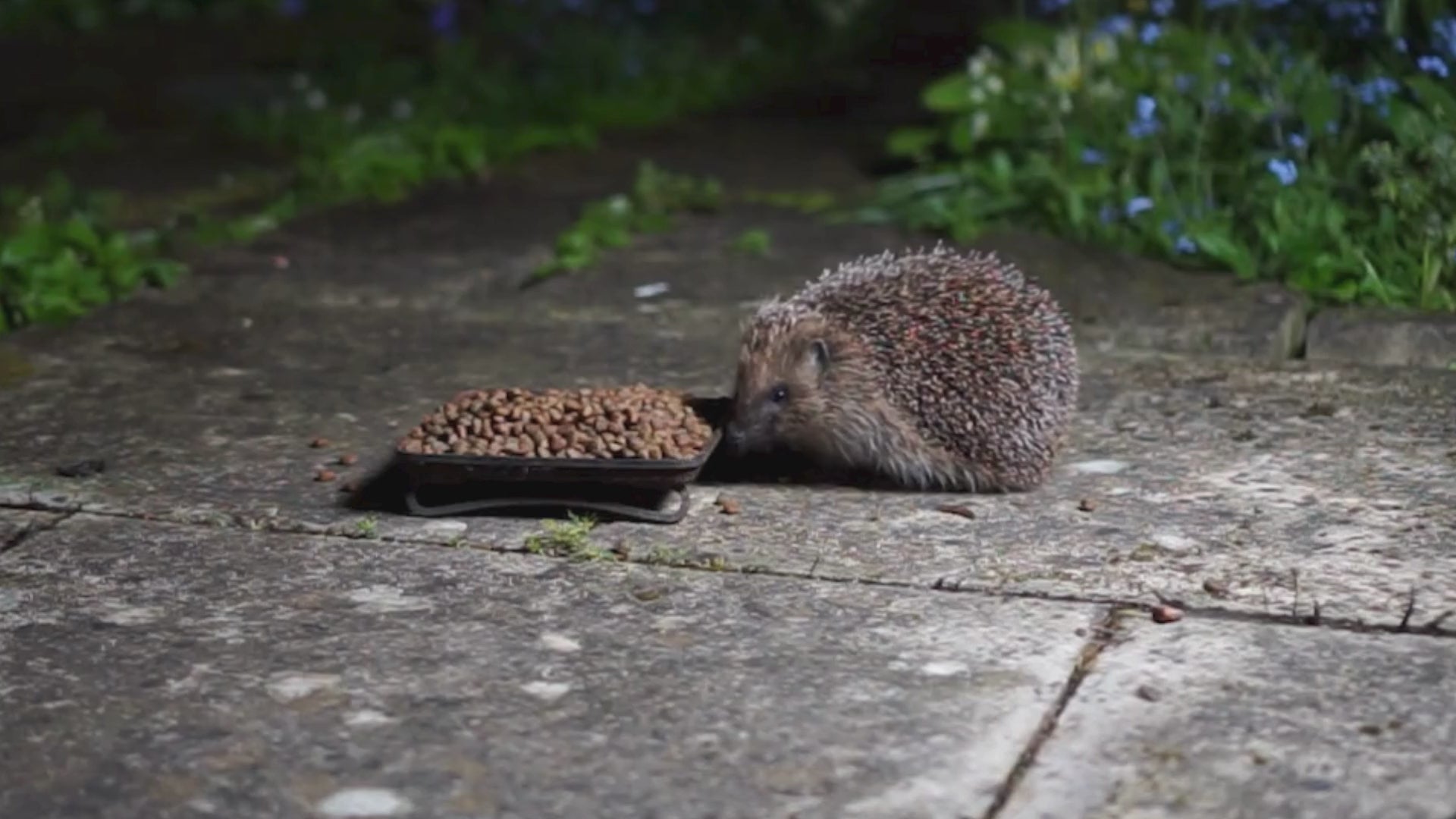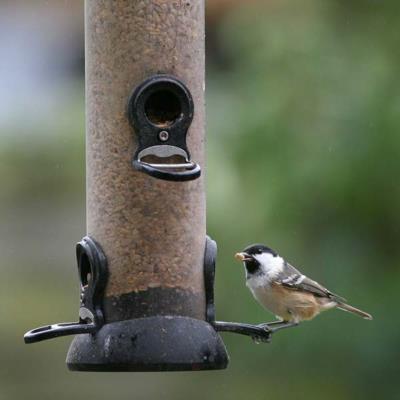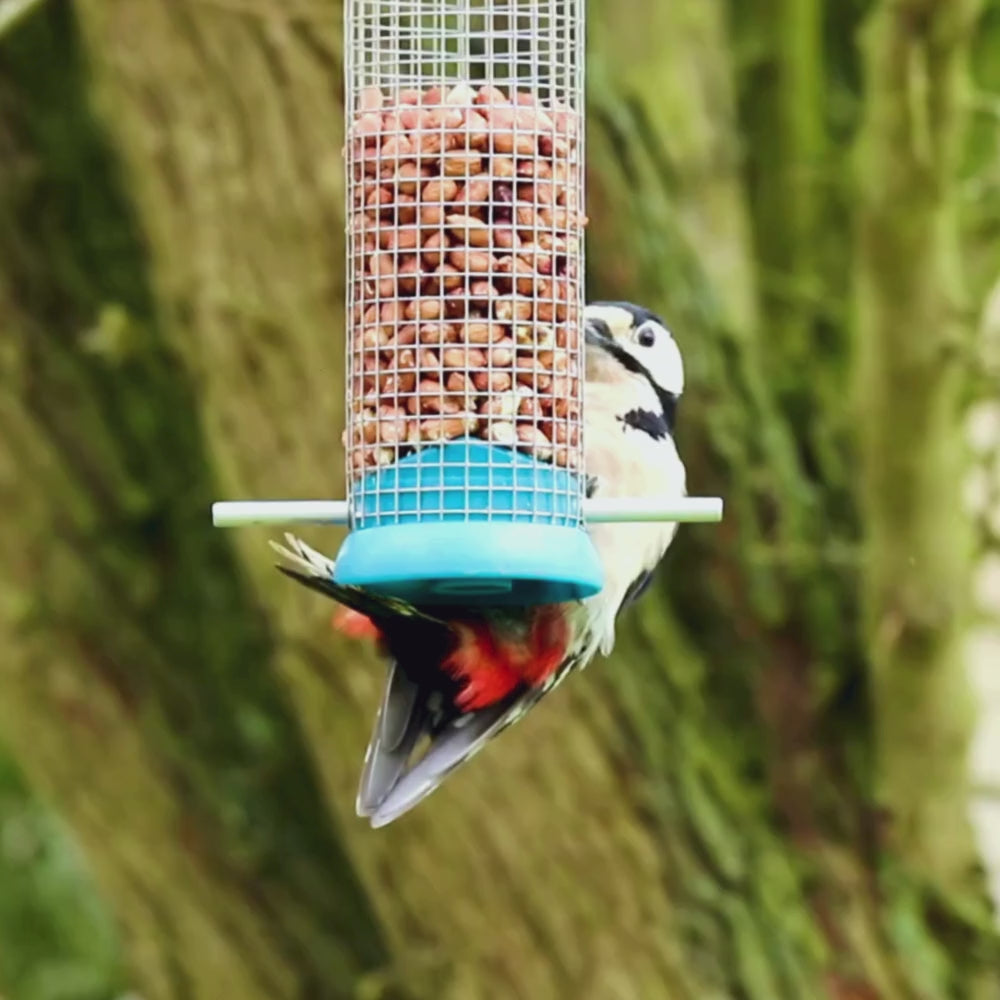Explore Our Garden Wildlife Blog
Browse or search by Category or Keyword below, alternatively click on any Tag to see related articles.
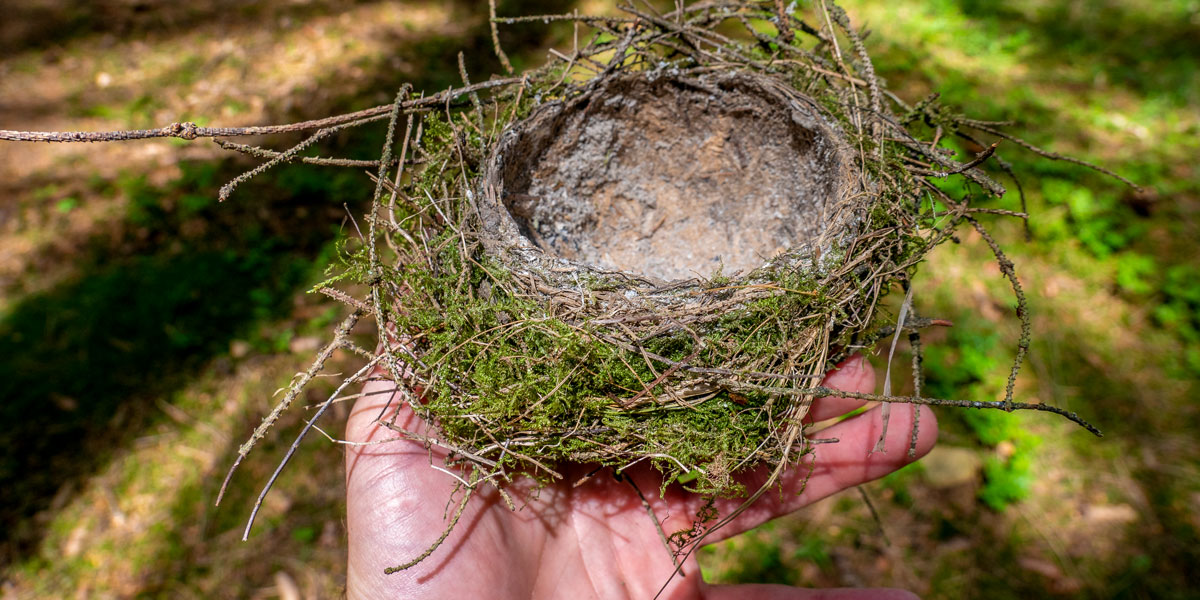

It’s Bleak & Frosty. What an Opportunity!
By Sean McMenemy
21st December 2022
“I need some air.” That moment when a walk becomes an imperative, not an option. It tends to happen more in winter, perhaps the limited daylight hours produce the urge. Without looking at the weather I head out and hear the door clatter shut behind me.
It’s pre-dawn and darkness envelops me as I walk away from the warm glow of the house. I have no plan or thoughts for the walk but head towards the woods regardless. By the time I disappear under the bare canopy, the sun is shimmering without warmth from behind the shadowy tree trunks. Only now do I notice the cold. It prickles the lining of my nose as I try to clear my head with deep breaths of frosty air.
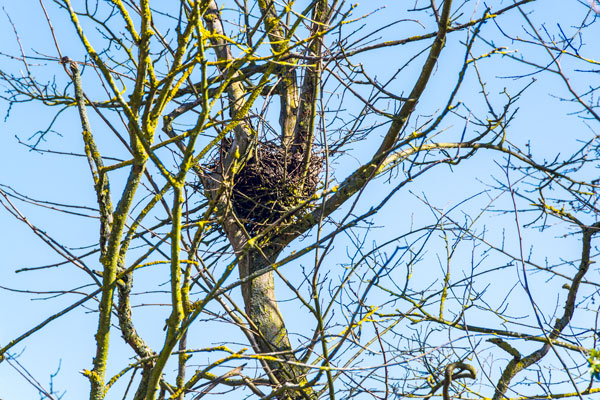

A walk is always beneficial and despite the chill, I soon relax. As I amble along, I begin to notice the clusters of leaves and twigs among the canopy. Abandoned birds’ nests, and more than a few squirrel dreys. As my eyes tune in to these focal points, I see more of them around me.
Winter is a great season to observe tracks and signs. Wet soil, snow cover, sparce undergrowth and hungry animals all make tracking easier. My walk suddenly takes on a purpose. Spotting and often inspecting abandoned birds’ nests is an annual ritual for me, one I thoroughly recommend to others. Trying to find bird nests in spring is tough, it takes time and great patience. I suppose you could go around sticking your head in every bush, but this would simply frighten the birds and upset your hairstylist, unwise. My technique is a little more bird friendly and keeps hands and face scratch free and hair intact.
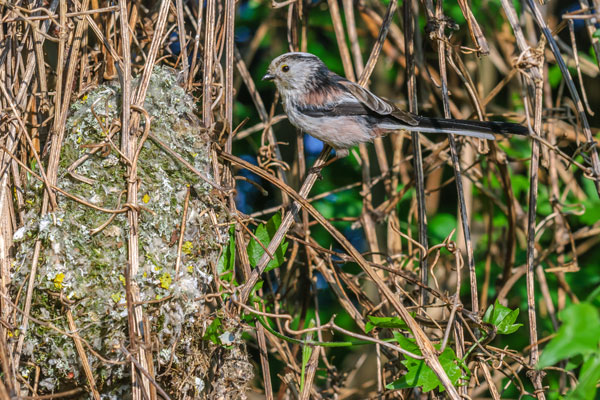

Winter is the ideal time to find old nests. I can spot them easily from distance, approach them without fear of upsetting residents, and take my time noting the location, style, and construction materials used. I often find clues the former residents leave behind, a feather here, an eggshell there, all hinting at the identity and success or failure of the occupants. I make a mental note of all these signs and use them as pointers and hints to likely nesting sites the following spring.
Come springtime, all the information I gathered while the trees were leafless, tells me which trees and hedges will be the birds favourite for nesting. I know where the rot hollowed boughs on the big oaks are, where woodpeckers and nuthatches will likely take up residence. I’ve located all the dense prickly hollies which the blackbird’s favour. The ivy clad shrubs that song thrushes sit atop, and the lichen covered elder bushes in which long tailed tits build their fluffy nest balls. I’ve also clocked where the best nest building materials collect. Soft mud, dry grasses, twig piles and moss. All I need do, is keep my eyes peeled in these locations and watch for the tell-tale toing and froing of nest building birds and animals.
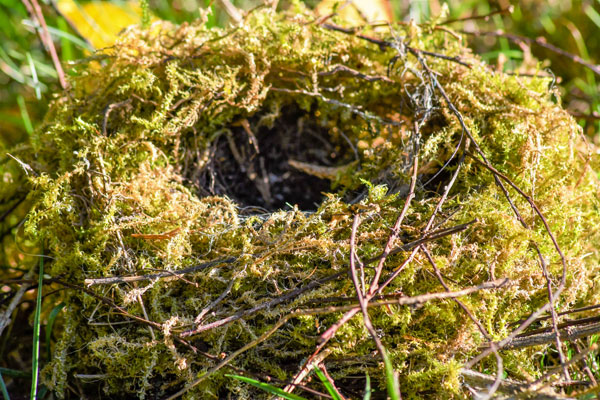

I’m thrilled every time I locate a new nest and once I have, I’ll take regular walks past them to monitor progress. Nest building, Mum on eggs, frantic feeding, and then, if I’m really lucky, fledglings bursting from their nests. In the final act, I watch young birds pursuing their parents with gaping beaks, begging for food while the adults try wearily to wean them. Encouraging them to forage for themselves in a push toward independent life.
Yes, this is a good walk, like all walks and it cheers me. It promises me a brighter future and something to look forward to. Today, I embrace the chilly half-light, taking in all the winter scenes. I check empty nests and I listen to the crunch of my footsteps in an otherwise quiet wood. Soon, everything will change. As the days lengthen, birds will sing once more in bright sunshine, leaves will unfurl in the warmth, woodland flowers will bloom, and the woods will resonate with the hum of busy insects. As for me, I will walk this path over and again embracing every opportunity to enjoy our ever-changing seasons.
Birds, birds nests, eggs & chicks are protected by law
All birds along with their nests and eggs are protected by law, under the Wildlife & Countryside Act of 1981. This makes it an offence, to deliberately take, damage or destroy the nest of any wild bird while it is in use or being built. It is also illegal to take or destroy the egg of any wild bird.
If you’re clearing out a nesting box after the breeding season and you need to remove unhatched eggs from a nest that isn’t currently being used, it’s only legal for you to do this between 1 September and 31 January each year. If you do remove unhatched eggs, then you must throw them away, it is illegal to keep them.







